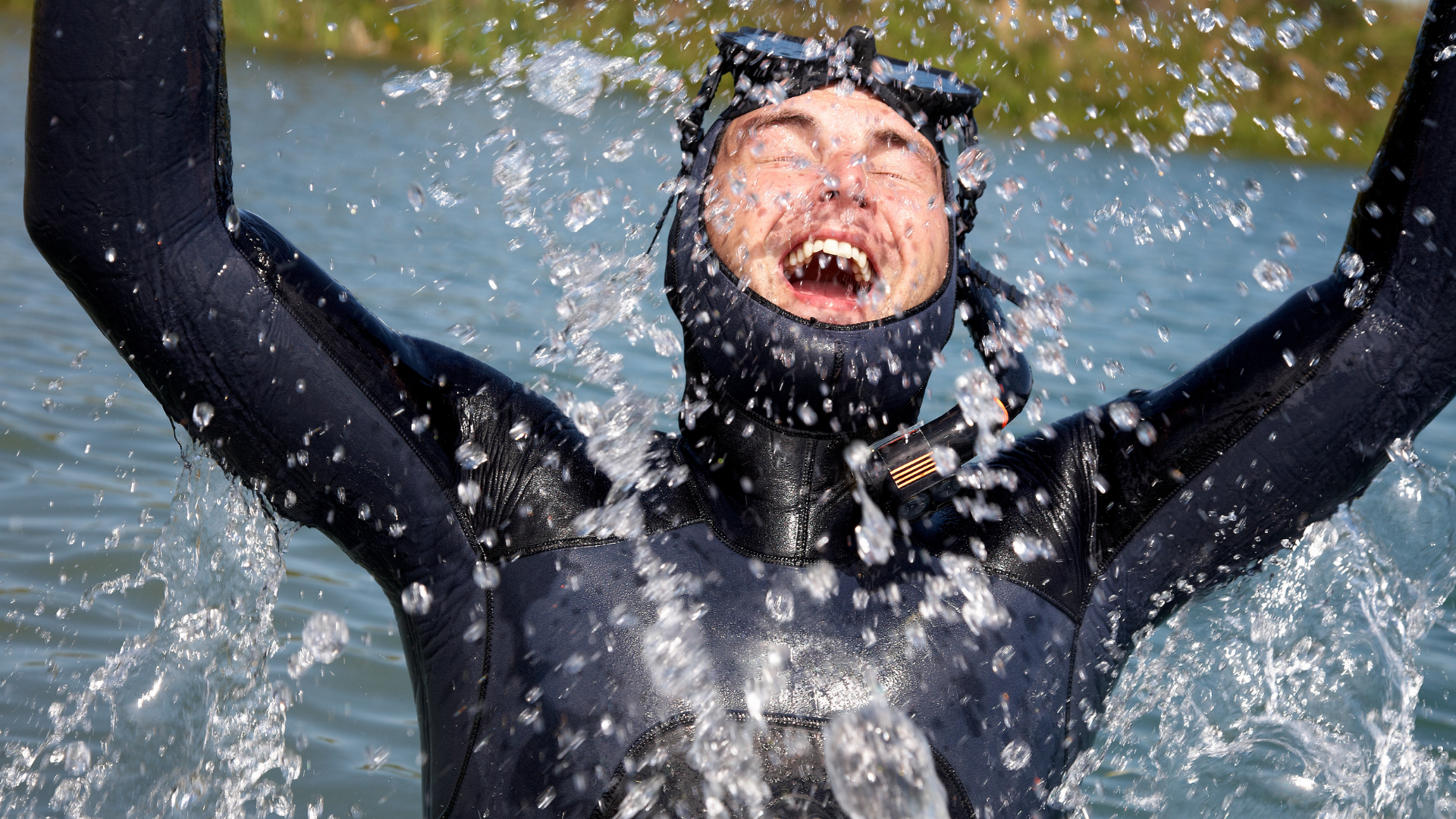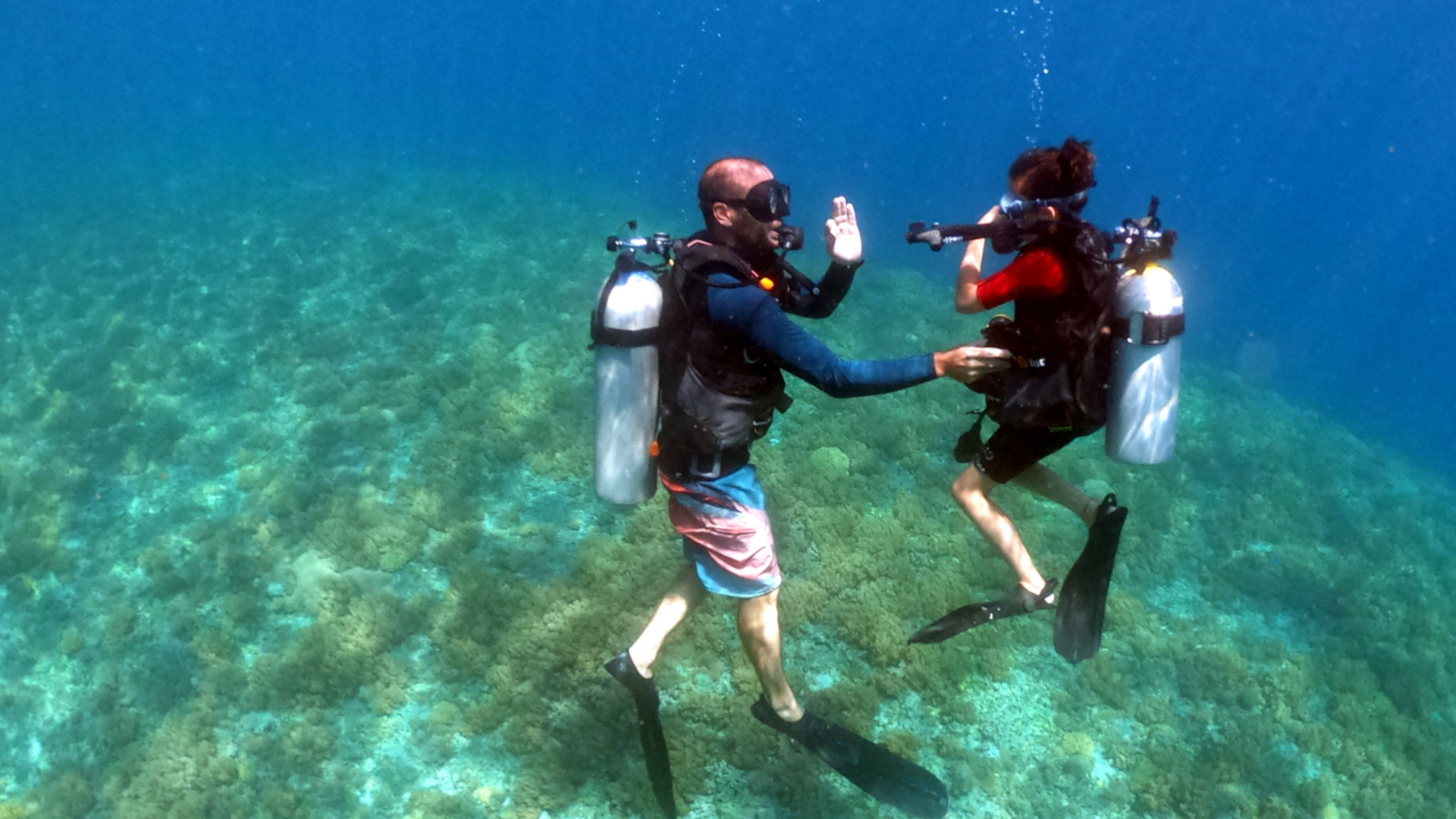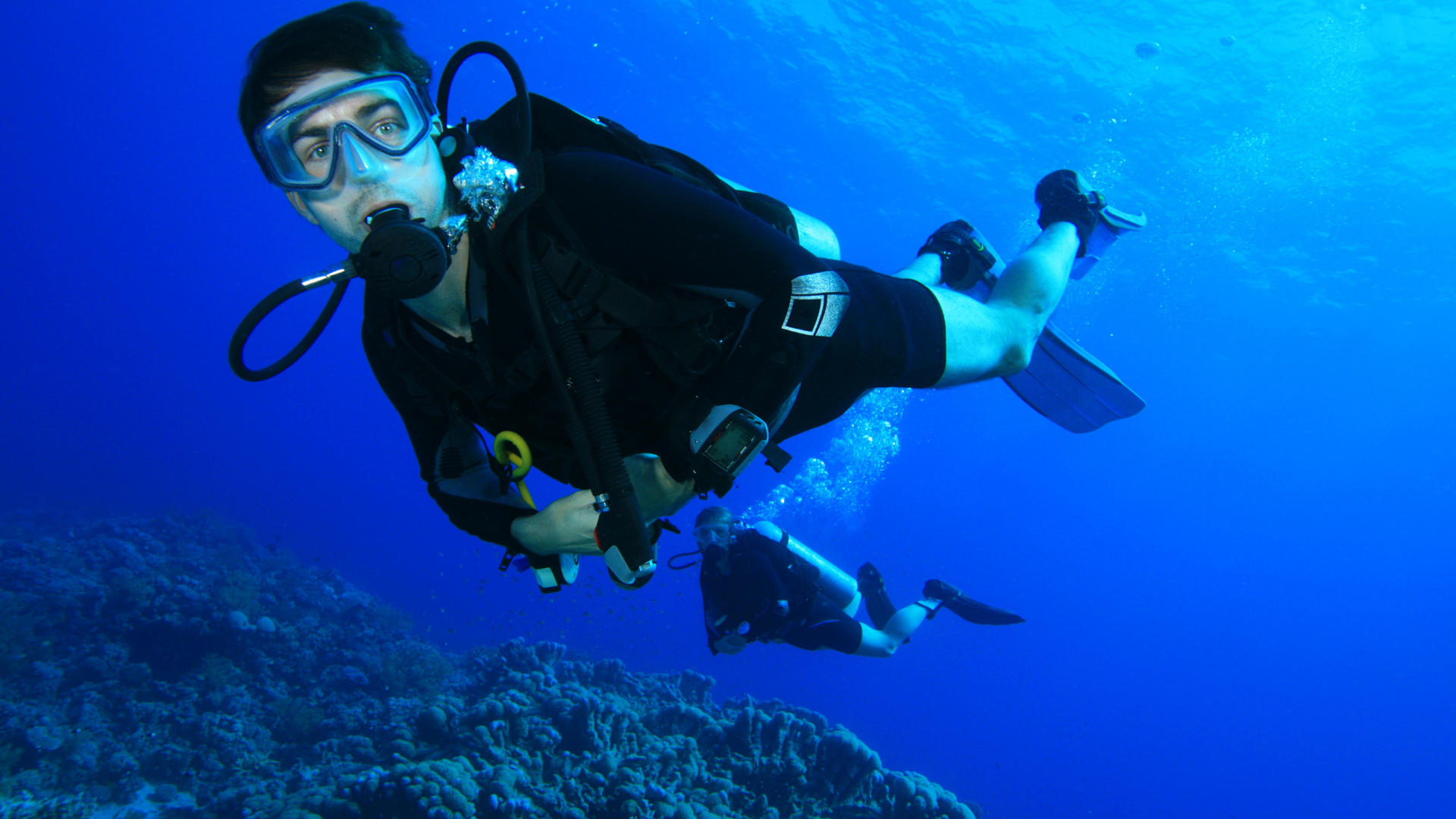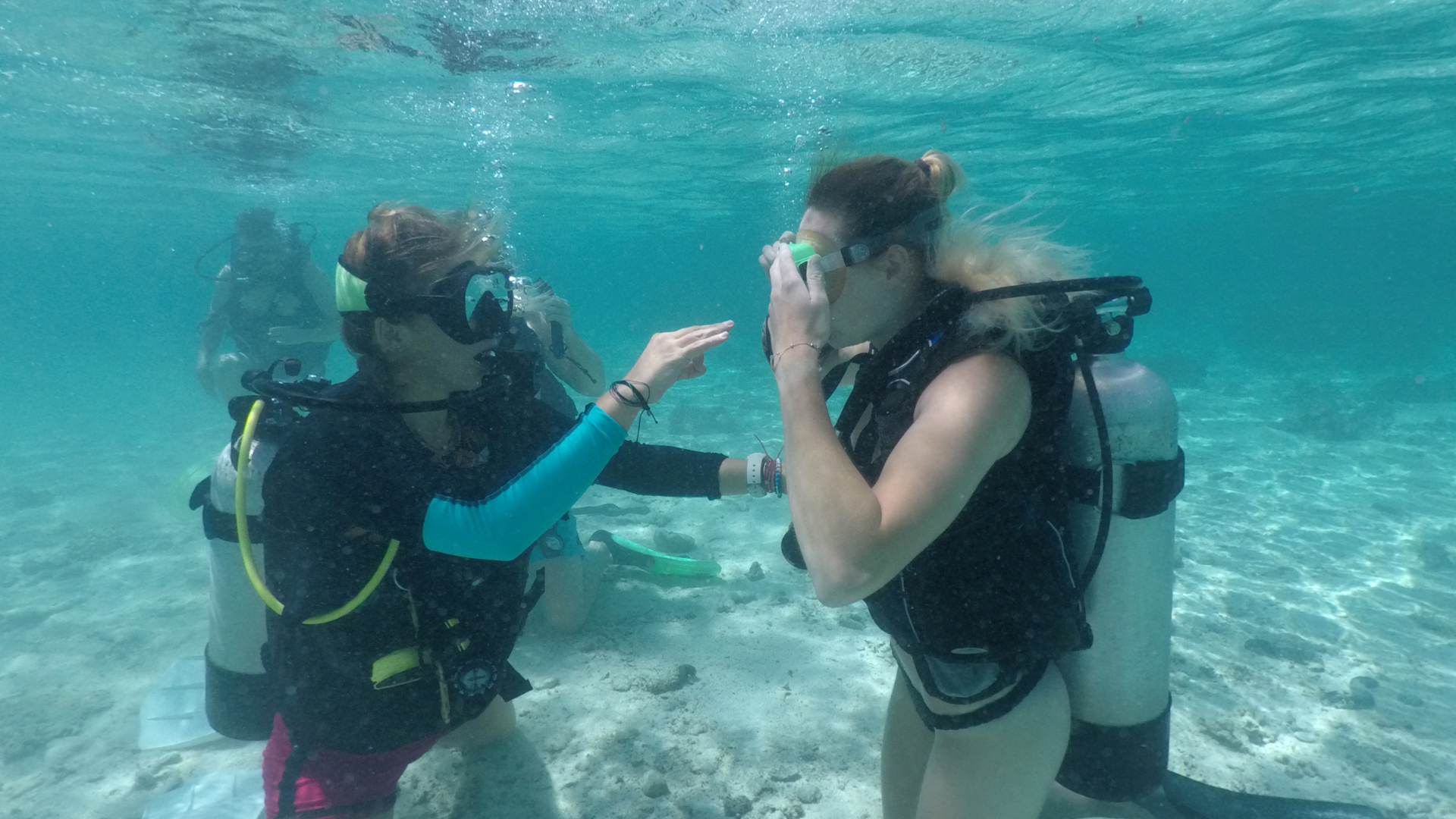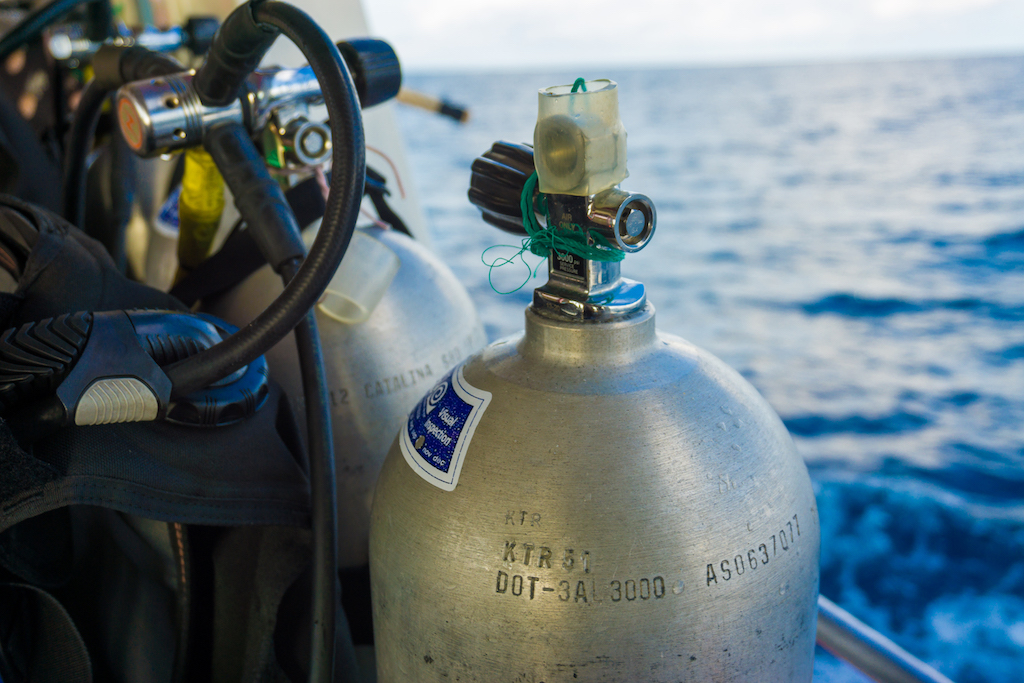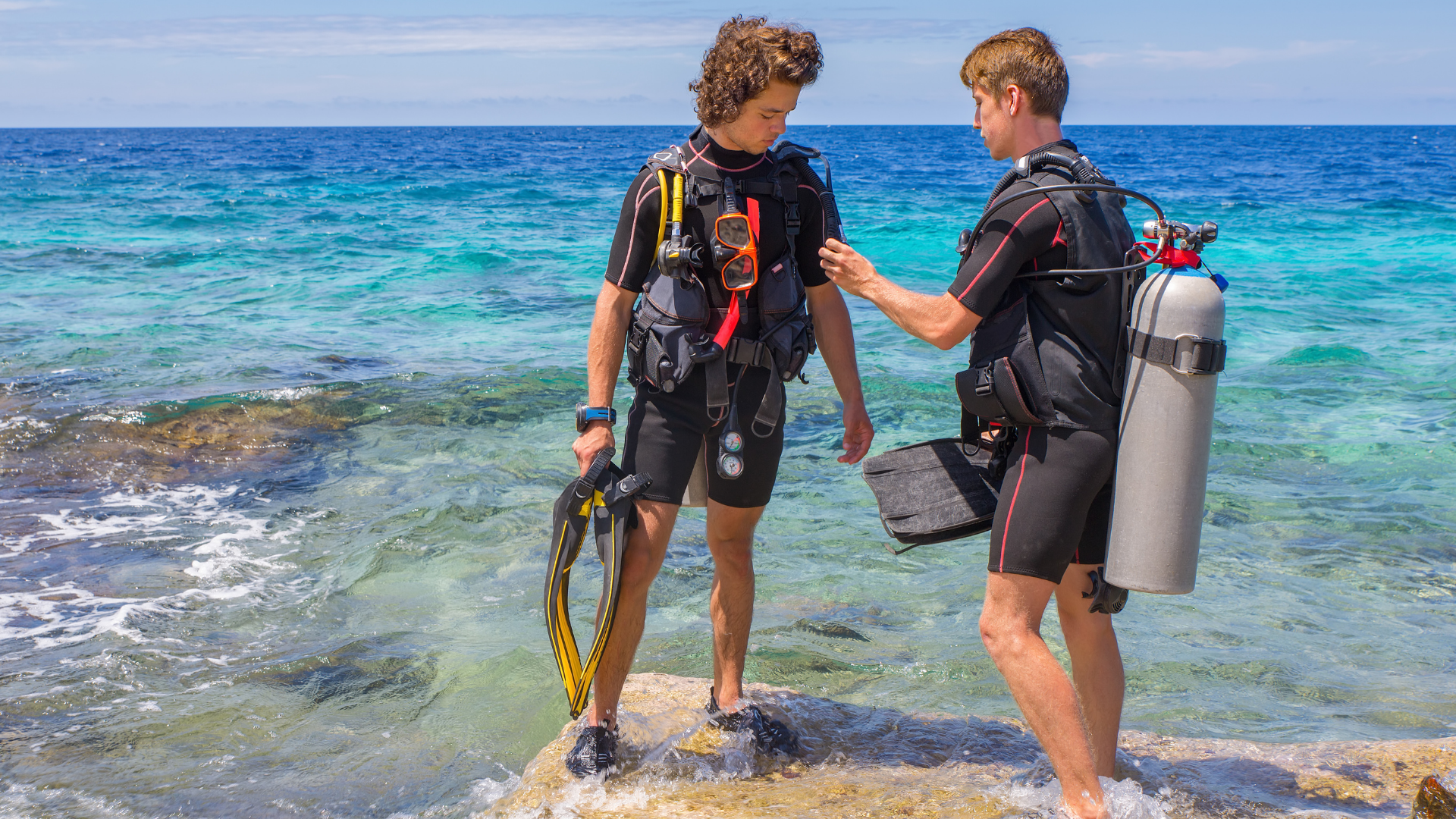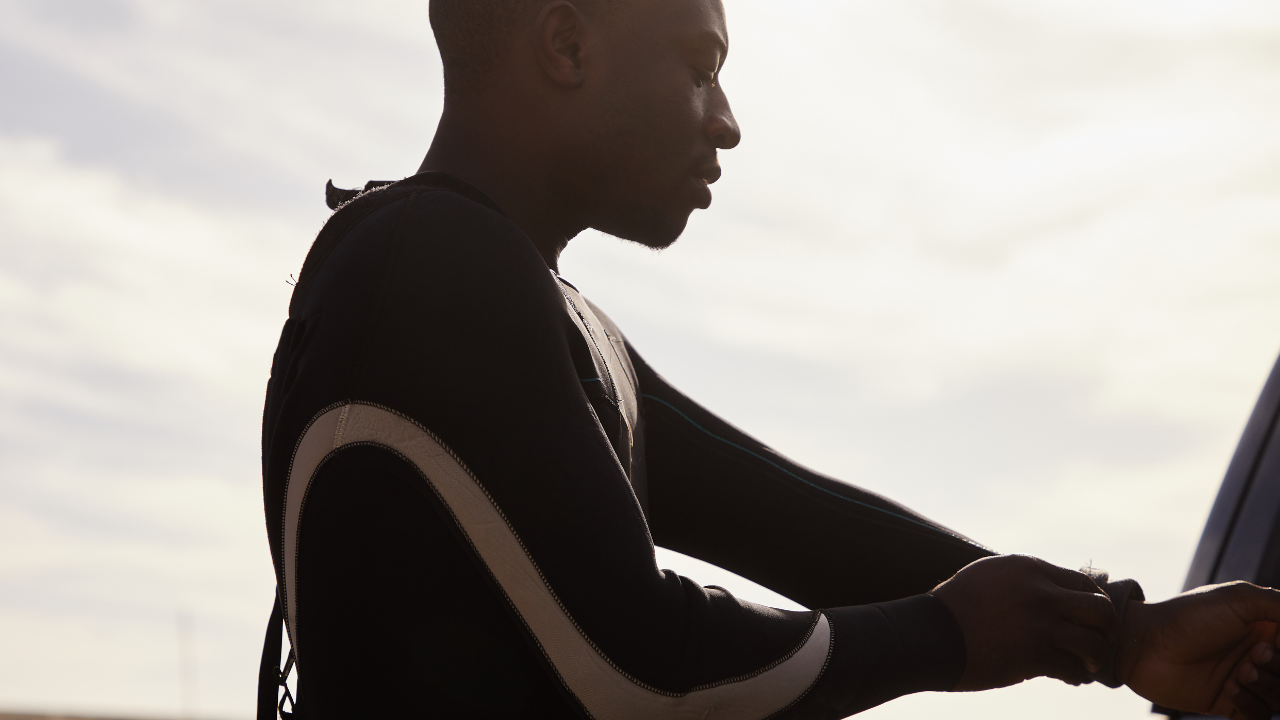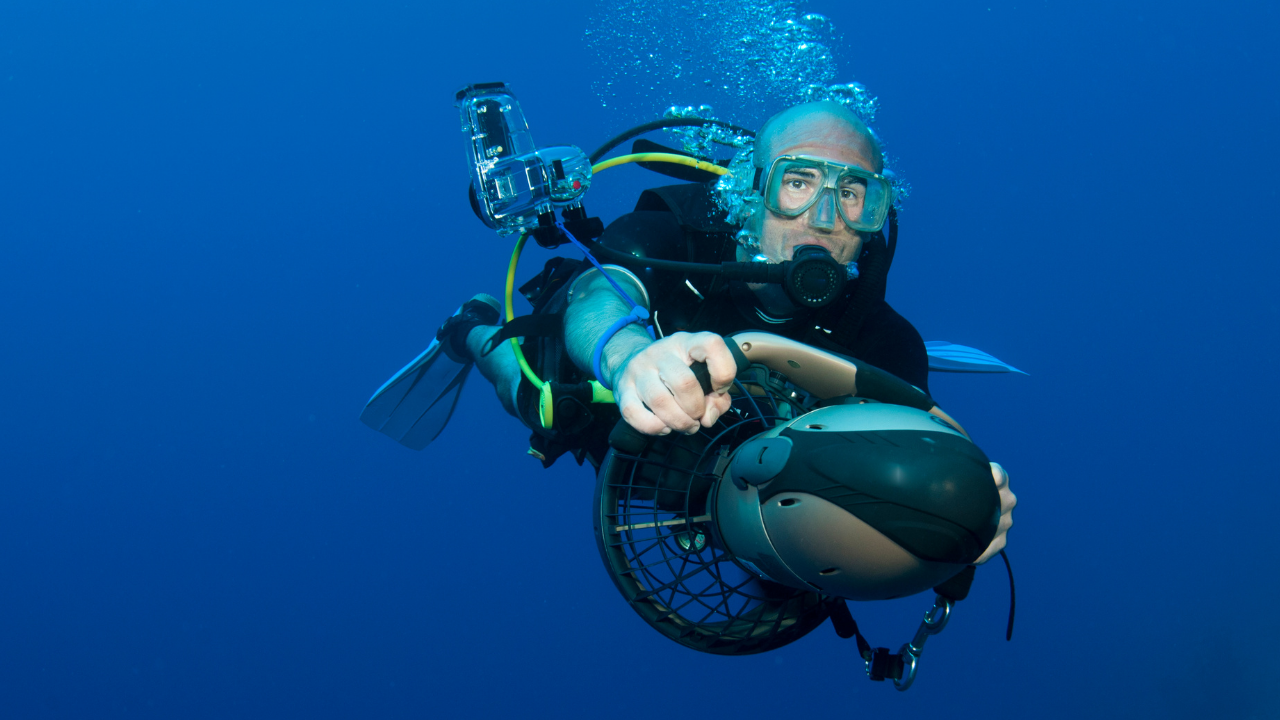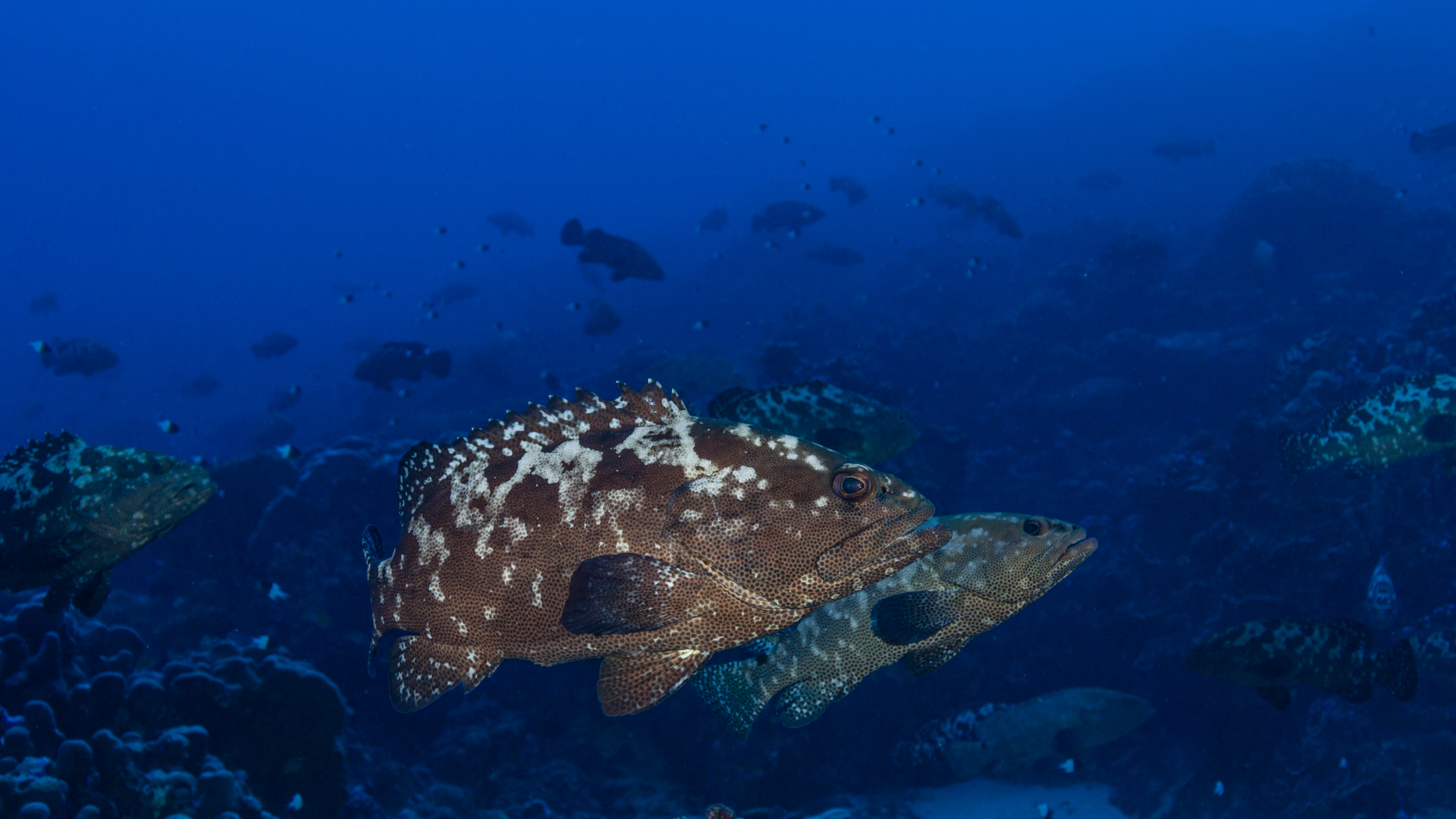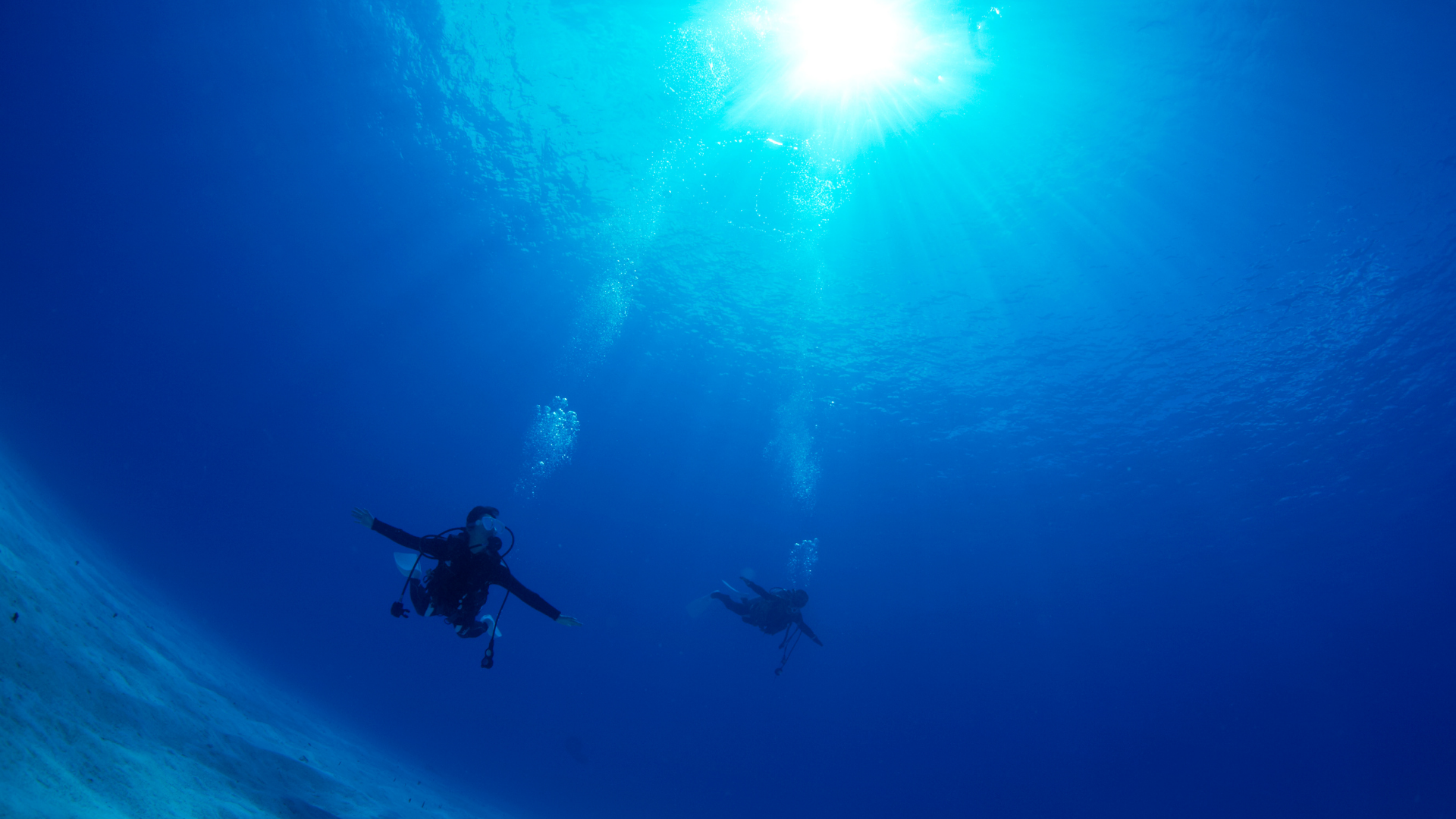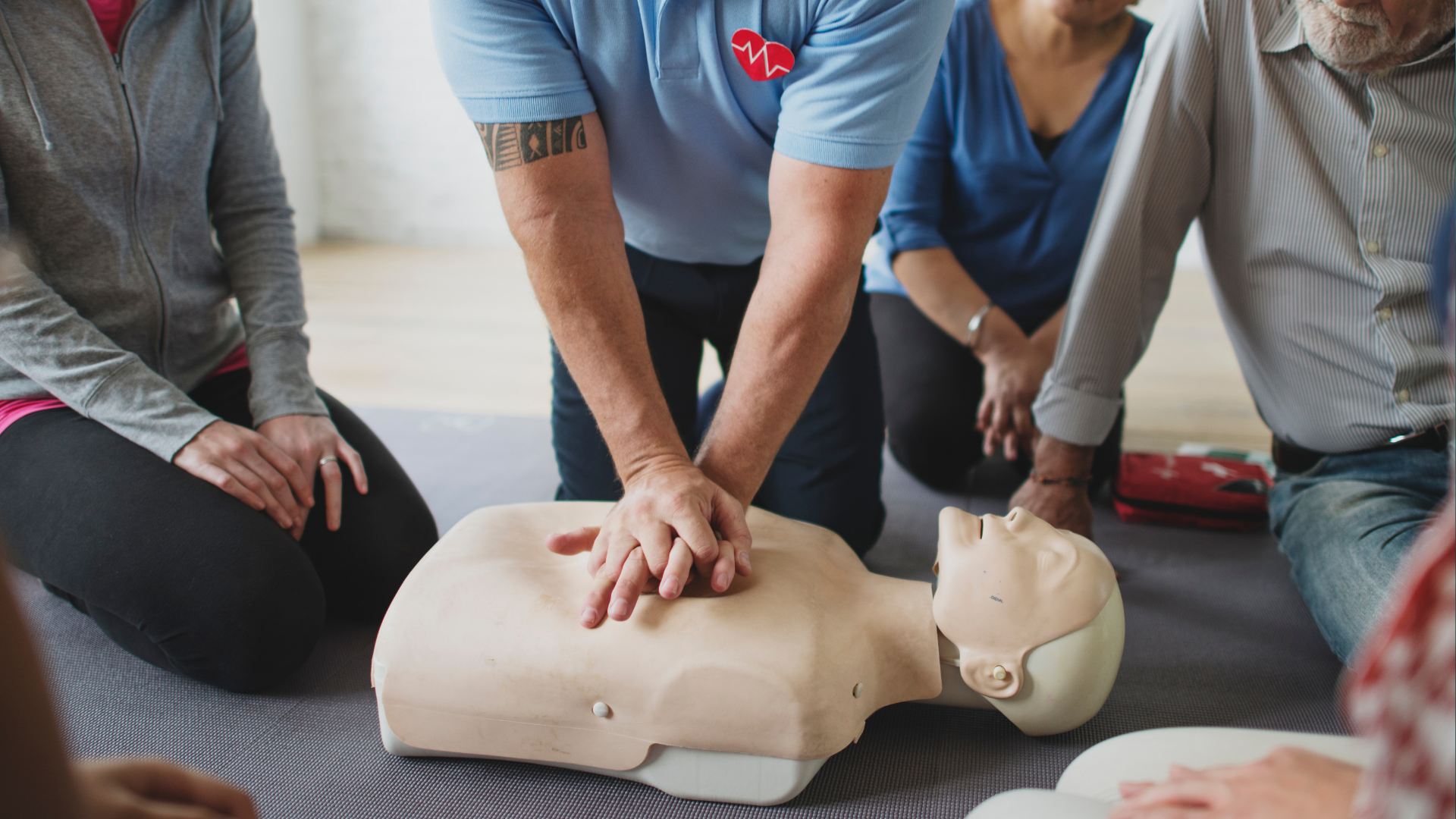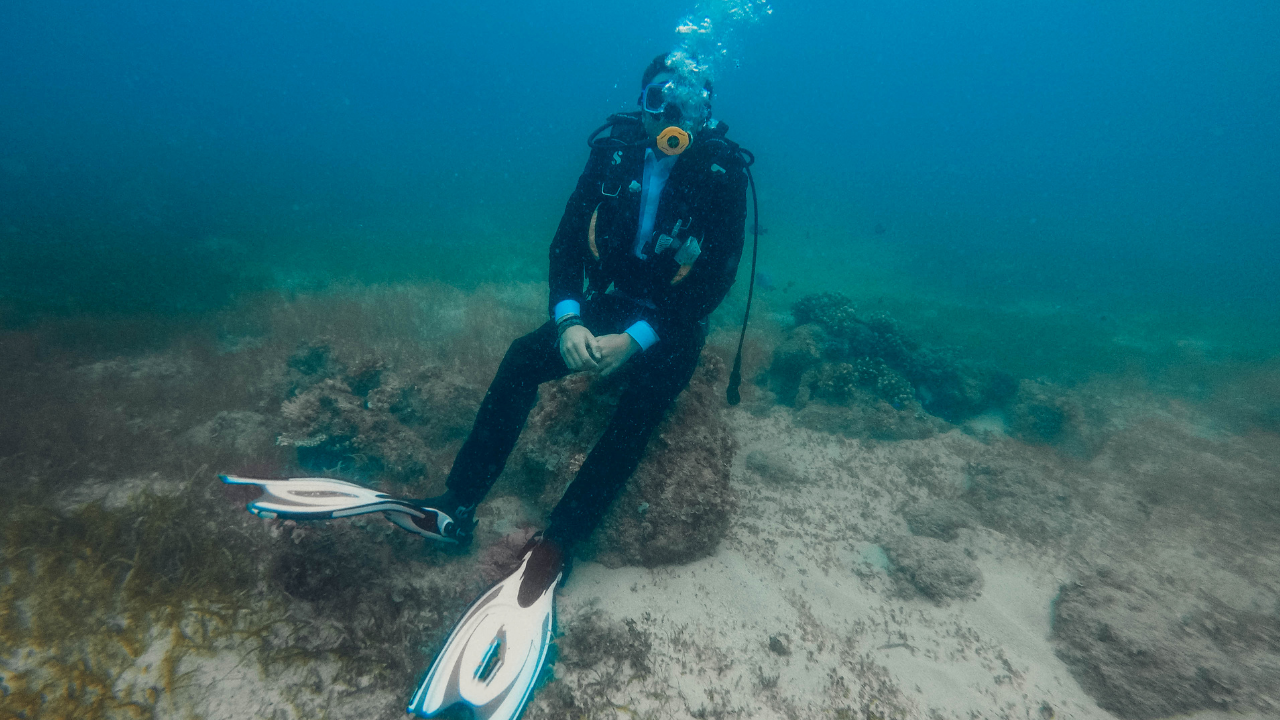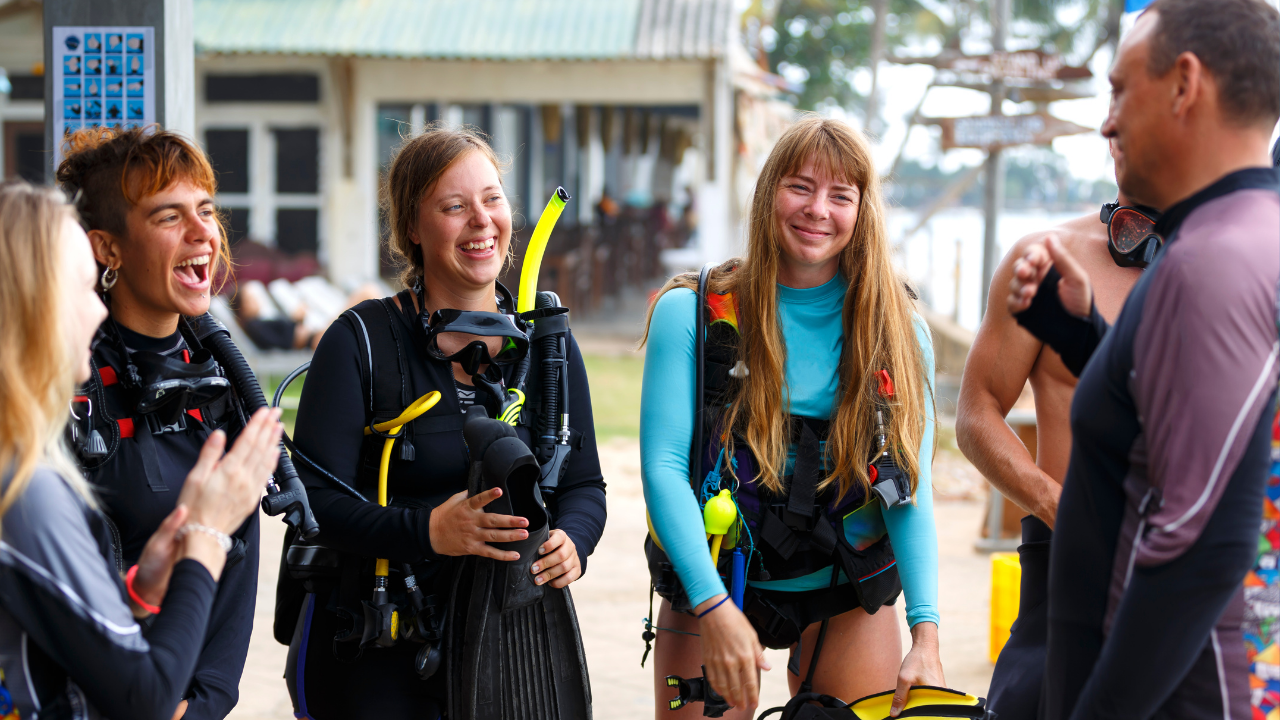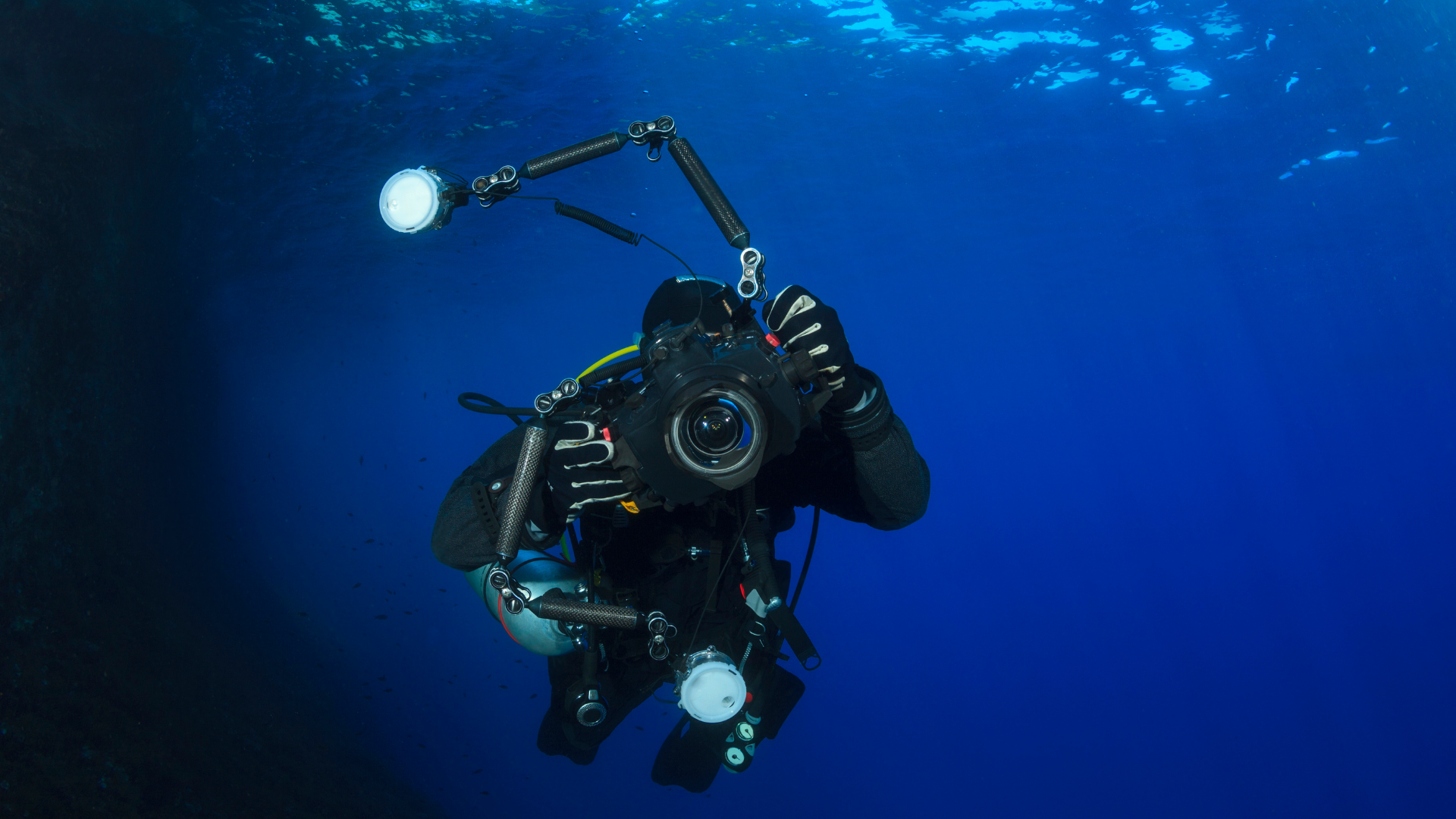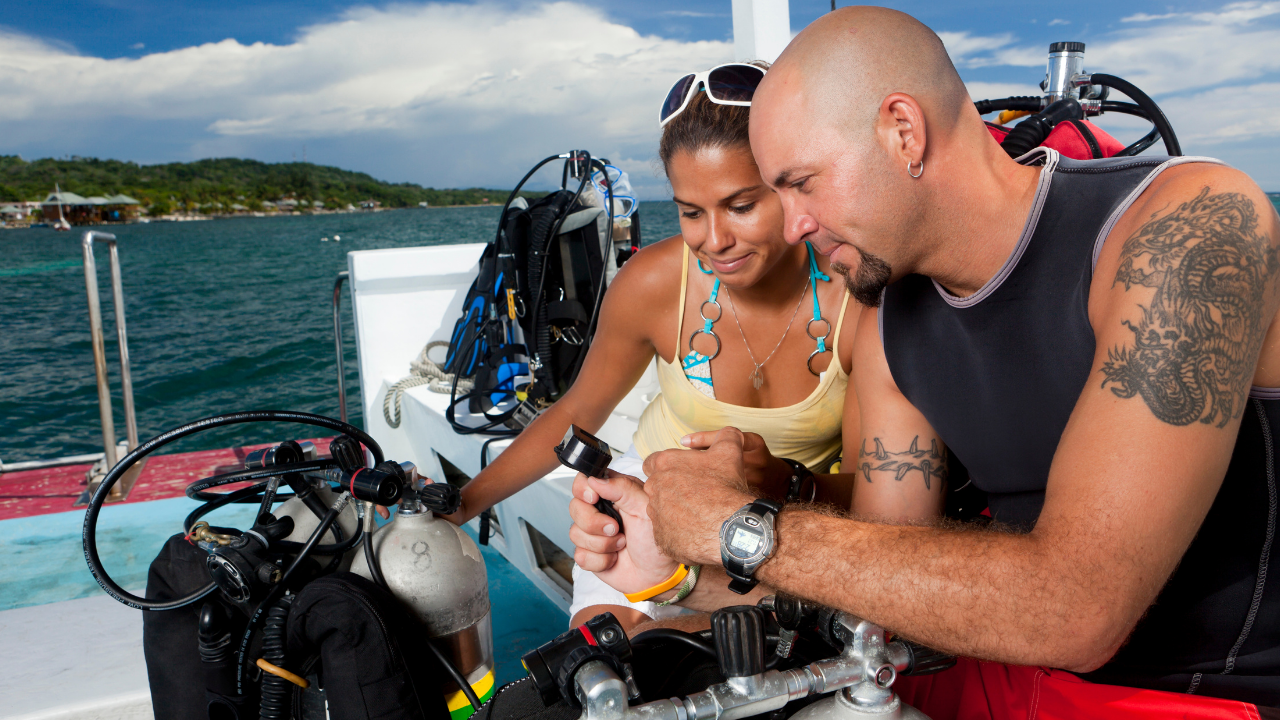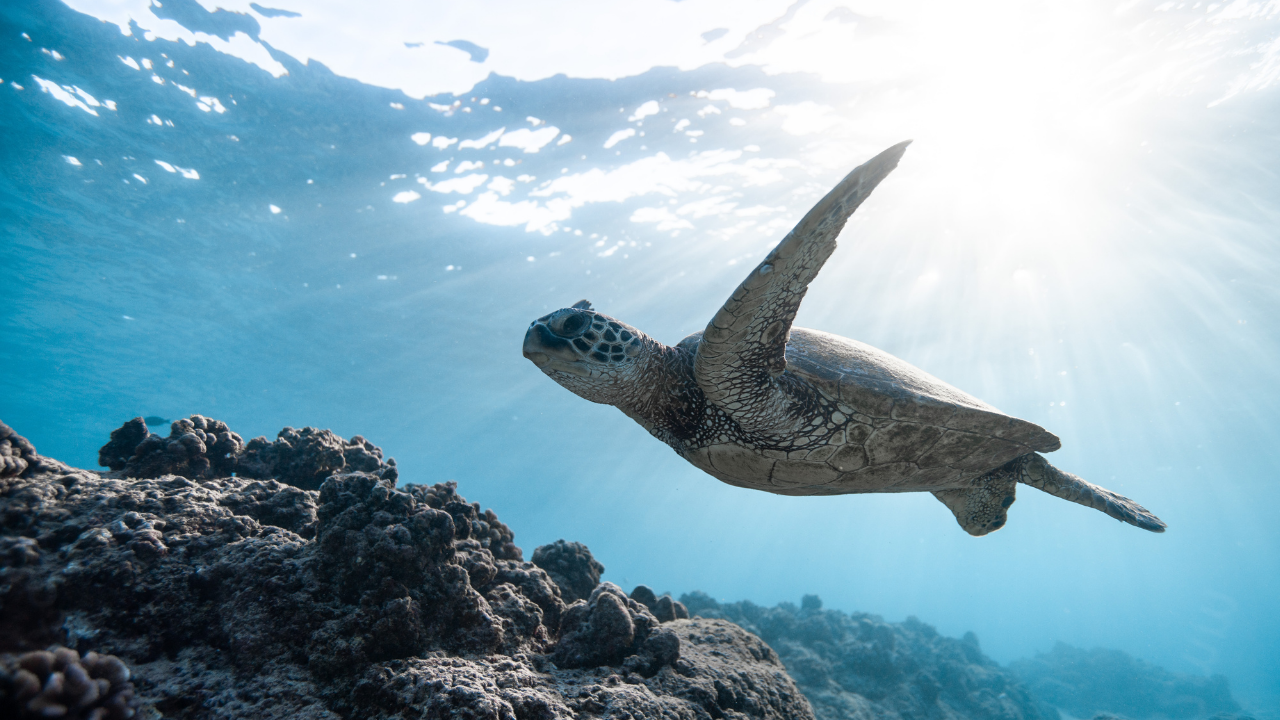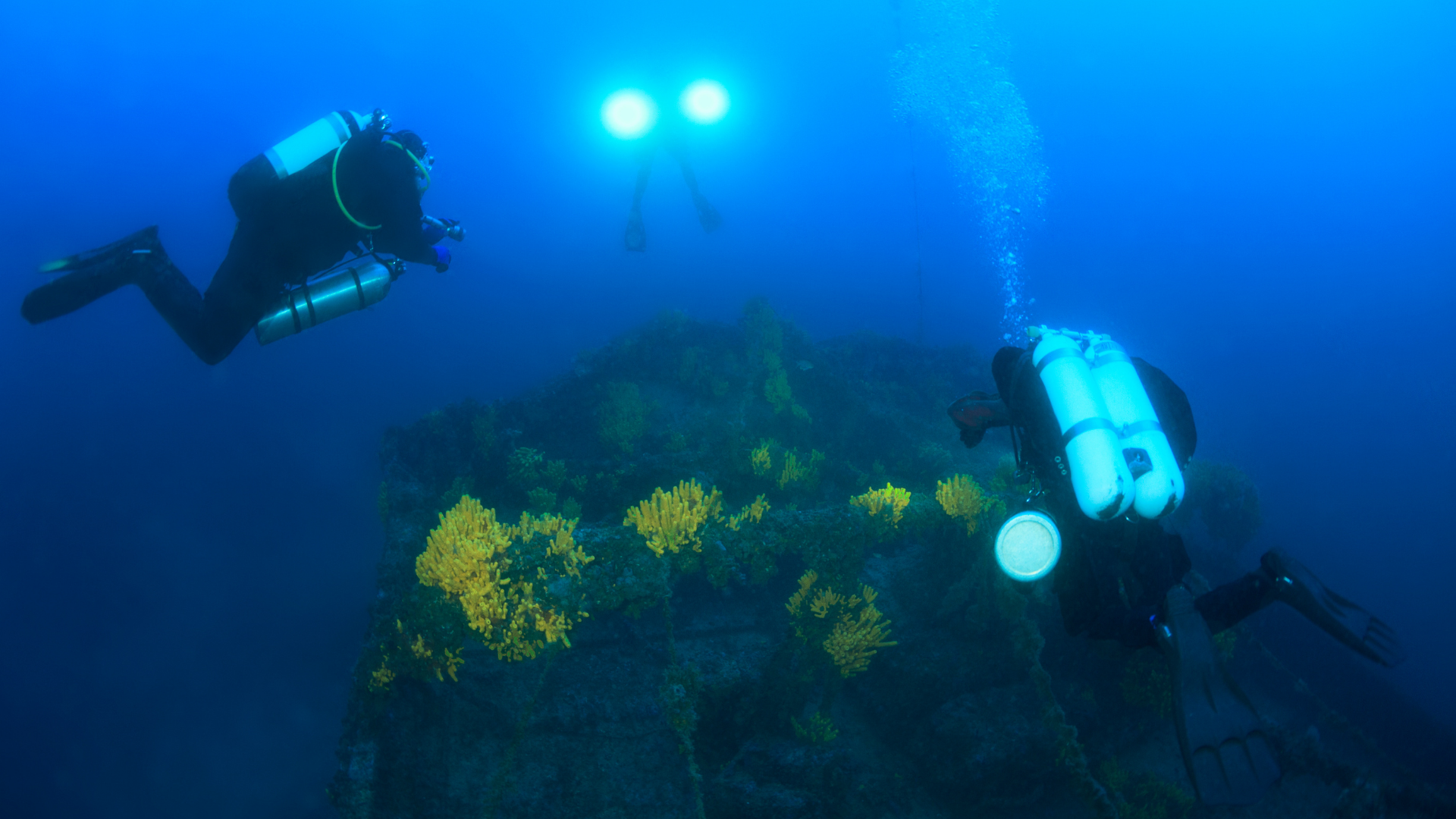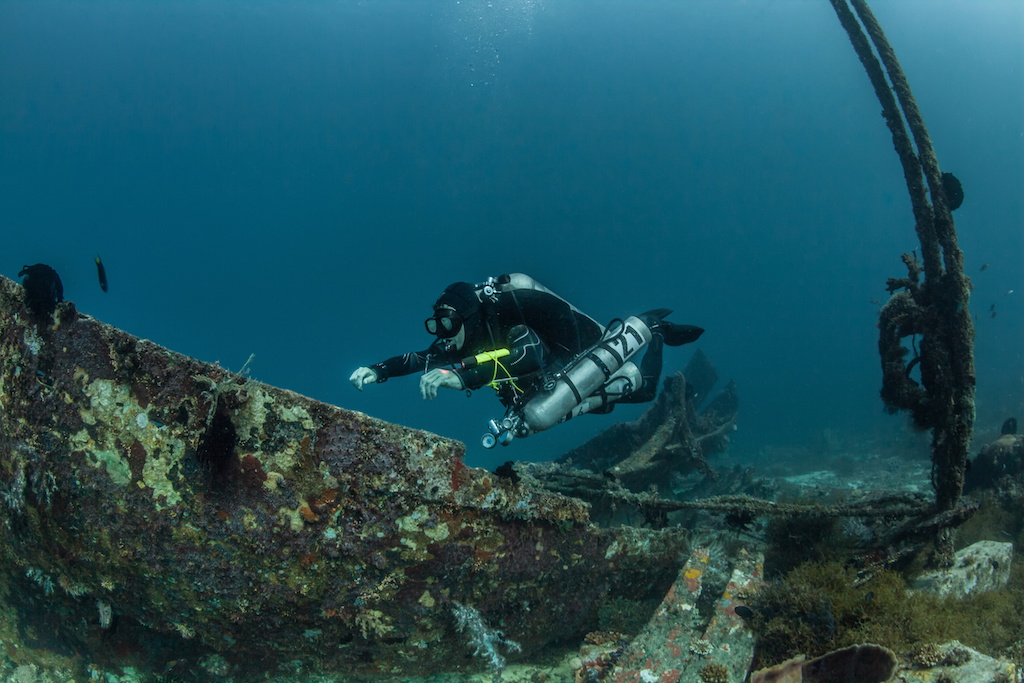What are the Diving Courses?
Diving courses are educational programs aimed at teaching diving, where students acquire the necessary knowledge and practical skills to be able to practice this activity safely, enjoying each dive of the course. In this section, we will explain how to differentiate the different courses and find the one that best suits you.
Types and differences between diving courses
The world of diving is very wide and offers a wide variety of courses, which adapts to the needs, depending on the level of each diver. From the initial course to the most experienced divers, who are looking for new adventures. Among them, you can find different types of courses, which correspond to: Recreational, Technical, Professional, Apnea.
Recreational Diving
It is practiced with the aim of enjoying, having fun and having a good time! The same courses are already designed so that students can enjoy this sport from the beginning. In other words, learning in an easy, fun and at the same time effective way, complying with all the necessary rules that allow you to become a certified (Autonomous) diver who does not need to go down with a diving professional.
Also within its educational line it has a wide variety of courses, which allows you to learn more about diving and even be able to try and practice different types of immersion such as: Night Diving, Wreck Diving, Underwater Photography, Ice Diving, Identification of the Fishes and others.
Recreational diving is the most common among divers. It has a fairly wide age range and the basic requirements to be able to practice. And of course it has its limitations, the objective of which is to guarantee maximum safety in the water.
Recreational Diving Limits
The recreational diving limits are very clear and include the following factors:
1. Maximum depth. The maximum depth for recreational diving is40 meters / 130 feet deep. In addition, due to the greater risk associated with depth, it is advisable to take a specialty course "Deep Diving" that prepares you to manage extra risks.
2. Bottom time. The bottom time in recreational diving has to be within the limits of NO DECOMPRESSION. And what does it mean? Well, you can stay underwater for as long as your dive computer allows you, without having to make decompression stops before surfacing. That is to say, that you have all the freedom to go up to the surface at the time you need without having any risk of decompression sickness.
3. Surface light. In this section we refer to dead-end environments, where you can dive only in those spaces where light comes from the surface, and without exceeding a depth of 40m. For this type of dives it is advisable to have specialized training such as "Sunken Ships" or "Cave Diving" where you will learn everything you need to be able to carry out this type of dives with total safety.
Although sometimes we feel like going beyond the limits, it is very important to respect the diving rules in order to guarantee both your own safety and that of your partner!
Recreational diving courses
As we have already said, in recreational diving there is a wide variety of courses, starting from the initiation level and becoming a diving professional. So we are going to see each one of them, using the courses of the PADI organization, which today ranks first in the diving market internationally.
Index
- 1. What are Diving Courses?
- 2. Types and differences between them
- 2. 1. Recreational Diving
- 2. 2. Limits of Recreational Diving
- 2. 3. Recreational Diving Courses
- 2. 3. 1. Discover Scuba Diver or Sea Baptism
- 2. 3. 2. Scuba Diver
- 2. 3. 3. Open Water Diver
- 2. 3. 4. Advanced Open Water Diver
- 2. 3. 5. Rescue Diver
- 2. 3. 6. Emergency First Response
- 2. 3. 7. Divemaster
- 2. 3. 8. Diving Instructor
- 2. 4. Technical Diving
- 2. 4. 1. Technical Diving Courses
